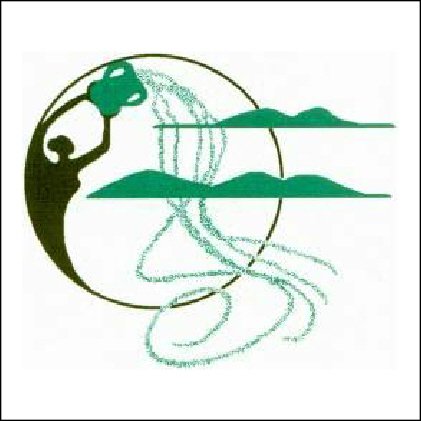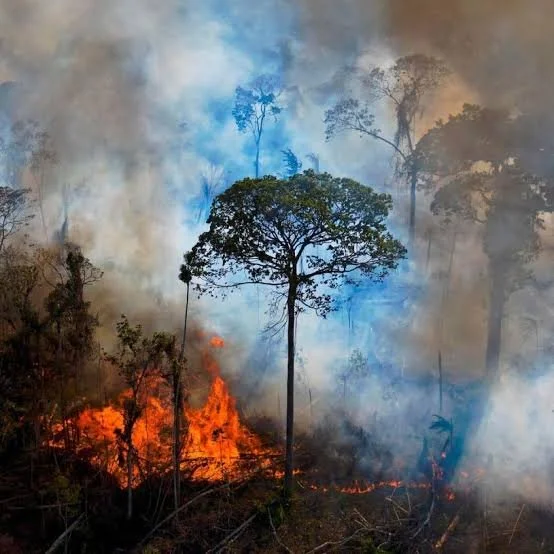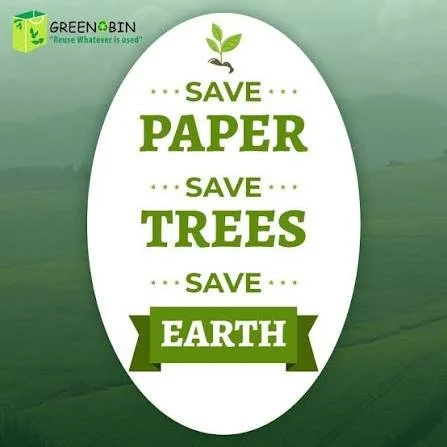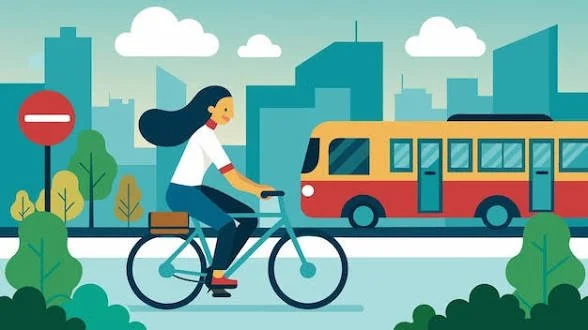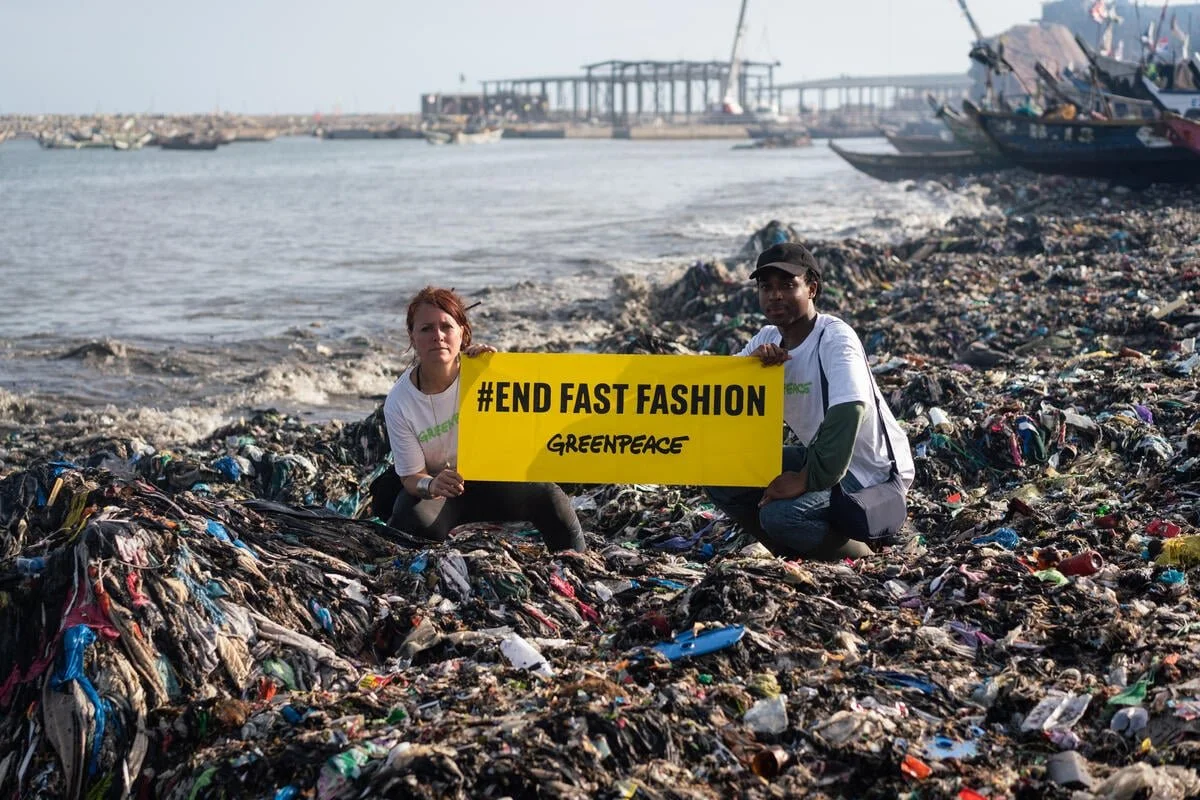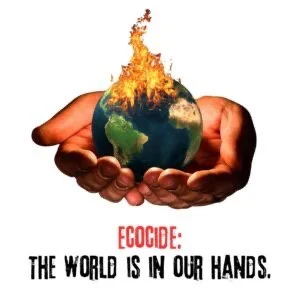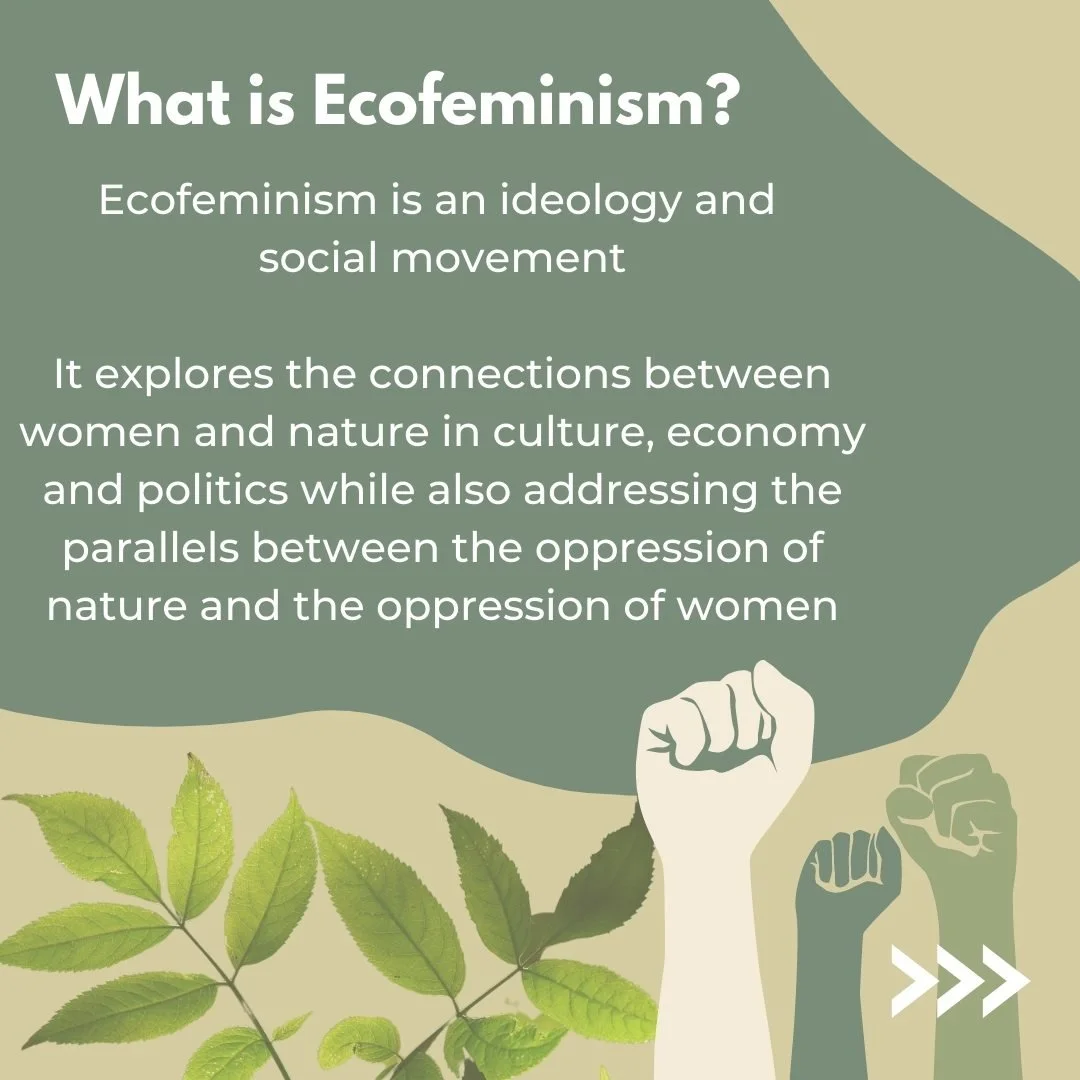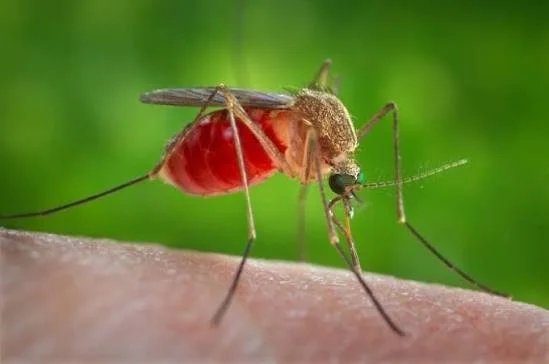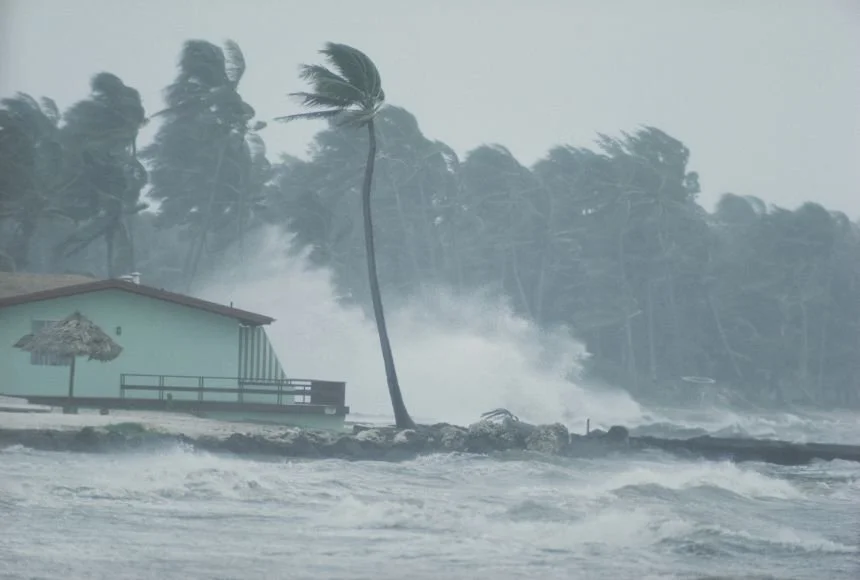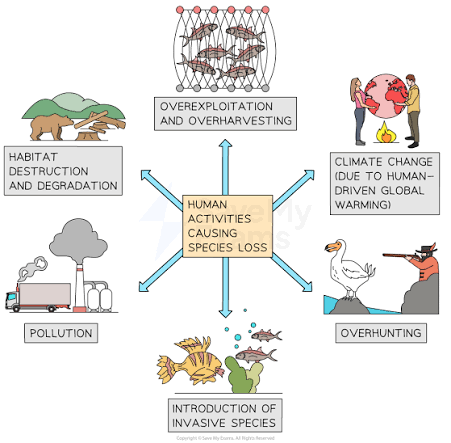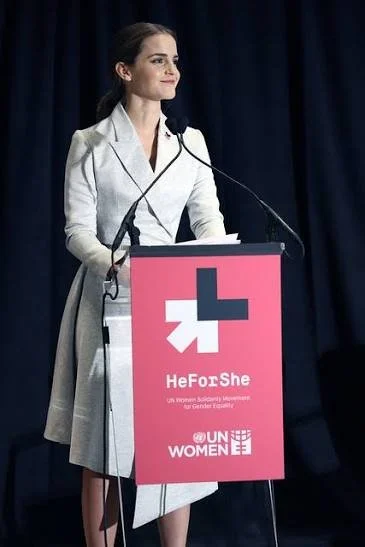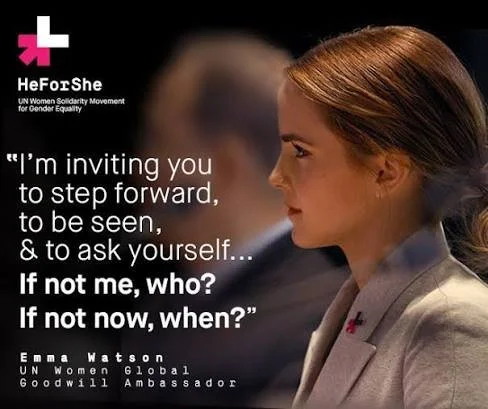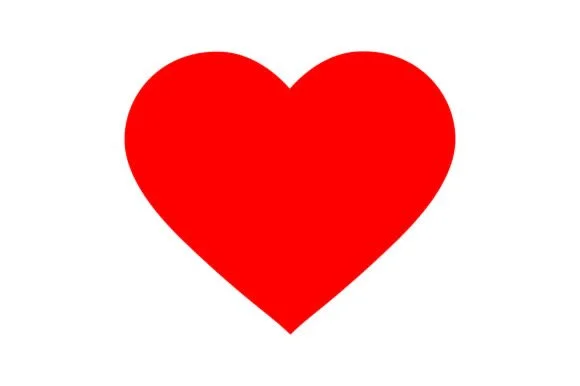Ecocide & Patriarchy
I believe it would be safe to say that mostly everyone in the U.S. knows something about ecologically positive ways to protect Nature and save the Earth.
We recycle plastics, glass, paper, and cans.
We try to remember not to leave the water running continuously while brushing our teeth.
We may even know about not using—or limiting use—of paper napkins and paper towels—and reusing envelopes when possible. Or, if we must use note paper, then writing on the unused backs of handwritten or typed notes.
Knowing that automobile exhaust systems are huge polluters, we know something about the ways to limit the use of our car, if we own one: by walking, biking, and/or utilizing public transportation whenever these alternatives are possible.
Or limiting driving to certain days of the week, if an option
Or bundling our errands into fewer trips.
Or carpooling, when available.
We might consider an EV (electric vehicle) or a hybrid, if feasibly affordable.
The aim would be to find ways that have minimal negative impact on the environment, while also ensuring safety (especially for the elderly), affordability, and expediency (paricularly in rural areas).
Do we know how returned clothing becomes waste?
I didn't!
For many fast-fashion and e-commerce companies, the cost of inspecting, repackaging, and reselling a returned item is higher than its resale value. It is often cheaper and faster for a retailer to write the item off and dispose of it.
Without proper waste management infrastructure, it is dumped into landfills or left to pile up in places like beaches and wetlands.
One Example
Colombia: Studies have found significant fashion waste, including clothing and shoes, polluting beaches along Colombia's central Caribbean coast.
Consequences of textile dumping
Microplastic contamination: Many garments today are made from synthetic materials like polyester, which break down into microplastics that contaminate soil, waterways, and oceans. These particles are absorbed by wildlife and can enter the human food chain.
Toxic pollution: The discarded fabrics and dyes release harmful chemicals into the environment, contaminating both soil and water resources.
Health issues: The practice of burning unsold textiles to reduce waste releases toxic fumes and pollutants into the air, contributing to respiratory illnesses in nearby communities.
I keep a Depression-era slogan magnetically attached to my refrigerator as a reminder of responsible consumption:
“Use it up, wear it out, make it do, do without.”
Now, do we really know the nitty gritty of ecology? Do we know the depth of ecocide—the killing of the Earth?
Do we know the larger mechanism behind ecocide: the causes, the actors, the proliferation—and any potential solutions?
And do our everyday efforts really make a difference in the face of greedy, large corporate actors?
What is Ecocide?
The term "ecocide" emerged during the Vietnam War to describe the widespread environmental destruction caused by the use of Agent Orange.
The term was coined by American plant physiologist and bioethicist Arthur W. Galston in 1970. It was later popularised by the Swedish Prime Minister Olaf Palme when he accused the United States of ecocide at the 1972 UN Conference on the Human Environment in Stockholm.
The U.S. military's extensive use of Agent Orange, a defoliant contaminated with the toxin dioxin, during the Vietnam War is considered an example of ecocide due to its devastating and long-lasting environmental destruction and the profound harm to the Vietnamese population.
The operation's goal was to remove forest cover and crops to deny food and hiding places to enemy forces, but it led to widespread contamination of land and water, resulting in significant human health problems, including birth defects, cancers, and other serious illnesses, for millions of Vietnamese— and for veterans.
My Personal Connection: Bob, the husband of our cousin Penny, was a victim of Agent Orange.
In 1980, several years after his return home from military service in Vietnam, Bob succumbed to the cancer the toxin had caused. He died, leaving his wife Penny and their young son Sean who had been born in 1976. (This story is recounted with Sean’s permission.)
Ecofeminism puts a new stamp on Ecocide defined as the mass damage and destruction of ecosystems.
Ecofeminism sees ecocide as an inevitable outcome of a patriarchal worldview that values domination, exploitation, and profit over the well-being of people and the planet.
Ecofeminism specifically places patriarchy at the root of the parallels that exist between the oppression of nature and the oppression of women.
Thus, patriarchy and ecocide, in the view of Ecofeminism, are deeply connected in that patriarchal systems are characterized by male dominance with its concomitant devaluation of both women and nature.
Tenets of Patriarchy that contribute to ecocide:
Patriarchal norms include domination and the devaluation of significant values like care and connection to the future. Instead, patriarchy prioritizes competition and power, leading to viewing nature as a commodity for profit and for extensive resource extraction.
The Patriarchal Logic of Domination
Hierarchical thinking:
Patriarchy creates a system of power that establishes a hierarchy placing men above women. This view extends to other dualisms, such as the domination of culture over nature, and humans over non-human life.
Suppression of empathy:
Patriarchal norms discourage empathy, compassion, and the recognition of interdependence, all of which are essential for responsible environmental stewardship.
Promoting exploitative practices:
Industries built on patriarchal views lead to unsustainable practices, such as deforestation, destructive agriculture, and resource extraction, which cause severe environmental harm.
Normalizing violence:
The logic of patriarchal domination normalizes violence against marginalized humans and non-human animals alike.
So, who—or what—specifically is causing or contributing to ecocide?
Following are some examples of who the polluters are—and how their actions can touch us personally.
CONTAMINATED DRINKING WATER
WHO: Corporate industry with chemical spills, illegal waste dumping, and contamination from industrial farms.
HOW: These can poison our drinking water supplies with substances like heavy metals and bacteria.
DISEASE
WHO: Human activity that causes climate change
WHAT, Climate change alters ecosystems in ways that allow disease-carrying organisms like ticks and mosquitoes to expand their range. increasing the incidence of diseases such as Lyme and West Nile virus.
CLIMATE DISPLACEMENT
WHO: Corporations are the entities that are contributing heavily to the climate crisis. Yet, even if these conglomerates seem larger than life to us, we can break them down to this fact: corporations are run by people who make daily decisions within the companies.
HOW: The climate crisis amplifies extreme weather events like floods and storms.
HOW TO HELP: Investors in the corporation are supporting those polluters.
Investors can control where they spend their money by researching the activities of the companies—and choosing to support only Earth-supporting firms.
Research “green companies”—those that are making an effort to care for the Earth. Place your money with them.
LOSS OF BIODIVERSITY
WHO: Mass environmental destruction—whether through deforestation, pollution, or other means by corporations seeking profit.
WHAT: Environmental destruction also destroys biodiversity, which in turn damages ecosystems that are vital for medicines, food, clean water, and cultural practices.
HOW TO HELP: How to Help: Once again invest with your feet or choose not to work for a guilty company. Seek employment in green corporations.
General Harm and Large-scale Perpetrators
DAMAGE TO THE OCEANS caused by industrial overfishing, oil spills, pollution from plastics, etc.
DEFORESTATION as a result of intensive livestock farming and agriculture, arson, mining, etc.
Question: Does the planting of tree seedlings, with the slow-growth action of trees, really counteract and keep up with the immediacy of logging for profit?
If we participate in tree-replacement solutions, do we research where the trees are being planted? If not planted in viable areas, the seedlings will not survive—and the efforts will be for naught.
WATER AND SOIL POLLUTION from mining related activities and hydraulic fracturing (fracking).
Once again, we look to the corporations. Do we invest in them? Do we work for them? Do we purchase their goods?
The Oxford Advanced American Dictionary for Learners of English tells us that ecocide is the destruction of the natural environment by deliberate or negligent human action.
The dictionary writers offer this example of how to use ecocide in a sentence:
"their crime is nothing less than attempted ecocide."
It is ironic that they use this example because ecocide is not considered a crime in many places, particularly in the U.S.
Although ecocide is not a globally recognized international crime, it is a crime in some countries, and a growing movement aims to add it to the Rome Statute, the founding treaty of the International Criminal Court.
Let’s look, now, at two different theories and methods for understanding the root causes of ecocide and theories for potential solutions.
These theories and methods are:
Ecofeminism and UN Women’s HeForShe Project.
The View from Ecofeminism:
Let’s start with a short Youtube Video:
What Role Does Patriarchy Play In Ecofeminism?
September 19, 2025
From the filmmakers:
The video explores how systems of male dominance shape not only social and political life but also how we use and value natural resources.
https://youtu.be/63WnAT_APxU?si=GnwzVzKOtKHjwN3p
Ecofeminism offers a framework for helping to overcome the Patriarchal systems that enable Ecocide
Ecofeminism emphasizes interdependence and an "ethic of care" for all living things. It advocates for:
Dismantling hierarchical dualisms and promoting egalitarian, cooperative relationships.
Elevating women and marginalized people into positions of decision-making power to create more equitable and effective solutions.
Recognizing the link between feminist liberation and ecological well-being, as argued by Françoise d'Eaubonne, the author who coined the term "Ecofeminism".
Rejecting capitalist and colonialist logics of exploitation that are rooted in patriarchal power structures.
_______________________________________________
The following paragraph is a worthwhile excerpt from a research article in SAGE, October 25, 2024, Vol. 58, Issue 3.
“By building caring, egalitarian relationships with other living beings (and with their own emotional selves), it is harder for men to act in violent, dominating ways towards others, providing the foundation for more sustainable, interdependent ways of being.”
“From men’s violence to an ethic of care. Ecofeminist contributions to green criminology” by Stephen R. Burrell and Cassie Pedersen
2, UN WOMEN HeForShe:
Masculinities, Patriarchy, and Climate Change
HeForShe is a solidarity movement founded by UN Women that invites men and boys to join the fight for gender equality.
A comparison of Ecofeminism and the HeForShe campaign reveals contrasting approaches to addressing gender inequality in relation to environmental issues.
Goodwill Ambassador:
Emma Watson (of Harry Potter fame, she was cast as Harry’s friend Hermione Granger) was named a UN Women Goodwill Ambassador in 2014, a role she continues to fulfill.
A Critical Comparison
Ecofeminism considers patriarchy the core problem, while HeForSheworks within existing structures to engage men as allies.
Instead of positioning men and boys as the root of the problem, HeForSheframes gender inequality as an issue that affects everyone and requires the participation of all genders for its resolution.
Ecofeminism sees patriarchy as a foundational, interlocking system of oppression that must be dismantled, while HeForShe focuses on changing behavior and leveraging the influence of men as allies to advance gender equality within existing societal structures.
The ecofeminist solution is to disrupt power structures; to fundamentally challenge and dismantle these deep-seated patriarchal structures and values. This means moving away from a mindset of competition and domination towards one that values cooperation and care for all living things.
Key tenets of the HeForShe approach include:
Shared benefits: The campaign emphasizes that gender equality is not a zero-sum game. By challenging traditional gender roles and the negative impacts of patriarchy, men and boys also stand to gain, such as improved well-being and healthier relationships.
Inclusive allies: HeForShe invites men and boys to act as allies alongside women, using their influence and privilege to create a more equitable world. This includes taking actions like changing behavior, advocating for equal opportunity in their workplaces, and challenging online misogyny.
Working within systems: Rather than seeking to completely dismantle existing power structures, HeForShe seeks to work within them to accelerate change. It partners with global leaders in corporations, governments, and universities to set institutional targets for gender equality.
Critiques of the Contrasting Approaches
The approaches of Ecofeminism) and HeForShe are different, which has led to some critiques of the latter:
—SYSTEMIC VS. PRAGMATIC:
Ecofeminism’s approach is more systemic and radical, arguing that you cannot solve ecological problems without dismantling the oppressive hierarchies of patriarchy.
—HeForShe’s approach is more pragmatic and inclusive, inviting all actors to participate, which is viewed by some as less disruptive to the underlying systems of power.
—SOURCE OF CHANGE:
Ecofeminists contend that male-led patriarchy is the central cause of both gender inequality and environmental destruction.
—By contrast, the critics of HeForShe argue that asking men to be allies can inadvertently position them as ‘saviors’ of women, rather than holding them accountable for the historical and ongoing perpetuation of the patriarchy.
—INTERSECTIONAL INCLUSION:
Early critiques of HeForShe pointed out that its name and focus on a male/female binary could unintentionally exclude non-binary and other individuals.
—In response, HeForShe has evolved to embrace intersectional approaches to gender equality.
In essence, while both frameworks aim for gender equality, they operate from different philosophical starting points.
My Conclusion:
Best to try to combine both frameworks with the aim of creating a civilization that is compatable with life-giving rather than life-taking.
“Never give up hope!” —this is a saying taken from the National Alliance on Mental Illness (NAMI), quoted by Bruno Andersson sometime before May 20, 2019 (the day of his passing).
IN YOUR OWN WORDS:
Previous Post: “Femicide and Patriarchy” Written by Anne Andersson, September 26, 2025
—Wow! This is mind boggling! It seems that no matter how advanced societies have become, women are still targeted - discrimination in the workplace, lower wages, sexual harassment, to name a few. Will the war against women ever end? Thank you for sharing this information and creating awareness on this topic. —CG
C:WED’s New Section:
WOMEN SPEAK OUT.
BELIEVE THE WOMEN.
Listen! Hear! Believe!
REMEMBER THE SURVIVORS:
—WHO ARE TODAY’S WOMEN
—SOME OF WHOM WERE YESTERDAY’S GIRLS
—WHO WERE THE CHILDREN OF THE ABUSE.
Missing from governmental discussions of the Epstein/Maxwell pedophile and trafficking of girls and women story have been the voices of the survivors. WE WILL HIGHLIGHT ONE SURVIVOR IN EACH POST.
TODAY’S FEATURED SURVIVOR: ANOUSKA DE GEORGIOU
PBS NEWS HOUR
Speaking during the televised press conference that was held outside the White House, British actress and former teen model Anouska De Georgiou, who was a victim of Jeffrey Epstein and Ghislaine Maxwell, highlights the broader issue of sexual assault and the need to protect vulnerable individuals and deter future harm.
Her personal experience as a survivor—particularly after the birth of her daughter—fuels her commitment to creating a safer world for future generations.
https://youtu.be/w14cvOvB9NE?si=LuPXFhti2QNfX6Q9
For more about this subject:
The 2020 Netflix original, four-part docuseries, Jeffrey Epstein: Filthy Rich, presents a detailed account of Epstein’s abuse and those who enabled him. Survivors also share their own stories.
https://www.netflix.com/title/80224905
BREAKING NEWS!
On Tuesday night, September 30, 2025, on The Lawrence O’Donnell show, Lawrence interviewed Rep. Ro Khanna (D) California who has been a supporter of the survivors and one of the authors of the ‘‘Epstein Files Transparency Act.”
Rep. Khanna told Lawrence that a vote in the House on the ‘‘Epstein Files Transparency Act,” will now be possible.
That possibility came about in two ways:
The recent special election of Adelina Grijalva (D) Arizona. Once she is installed, her signature will give the House the required number of 218 signatures to hold the vote.
However, her installation has been delayed.
Rep. Khanna reported that a change has suddenly been made to cease the delay and set a definite date for her swearing in.
That change, he said, was due to pressure that some people put on the House Speaker to push up her installation date and not delay any longer.
Adelina Grijalva will now be sworn in on Tuesday, October 7, 2025—earlier rather than later.
Rep. Khanna also told Lawrence O’Donnell that “perhaps [the pressure came] from some of your own viewers.”
I say: perhaps the pressure came from some of our own C:WED family!
C:WED WISH LIST:
The next couple of posts will dive into stunning insights provided by Riane Eisler in her book, THE CHALICE AND THE BLADE and THE PARTNERSHIP WAY, which she co-authored with her husband David Loye.
Those posts will mark the completion of our in-depth study of Ecofeminism, which we began in February 2025, and we will revert to a more leisurely publishing time frame, that is, posting on a variety of topics as they arise.
We will cover more general topics of choice, while remaining within our framework of Women, the Earth, and the Divine.
Perhaps you might suggest a topic for the C:WED blog.
We would love to hear from you!
And we thank those who have already suggested topics!
—Please do send your suggestions to: info@cwed.org
—PLEASE keep reading our posts! Share their views.
—PLEASE spread the word about us!
Share our website with your friends, relatives, and colleagues: www.cwed.org
